I've got a test bench for brushless DC motors, which is supplied with a regulated power supply unit. The motor itself is driven by an electronic speed control (ESC), which feeds energy back to the power supply when actively slowing down the motor (regenerative braking). My power supply cannot sink current, which leads to non-transient high voltages when braking or spinning down. This would damage the test bench's measurement equipment, causing it to terinate the test run.
I have (unsuccessfully) tried to sink the power into a MOSFET crowbar circuit, which turned out to be a bad idea. Although rated for a continuous \$I_D\$ of 72A (at \$V_{GS}\$ = 10V, though), the transistor got fried at ~500 mA already, despite a solid connection to a large metal beam as heatsink.
Before frying the next components, I'd like to ask:
- Is the (a) crowbar circuit applicable in this case? It does not seem such a good idea to me anymore.
- What would be a better power sink circuit?
